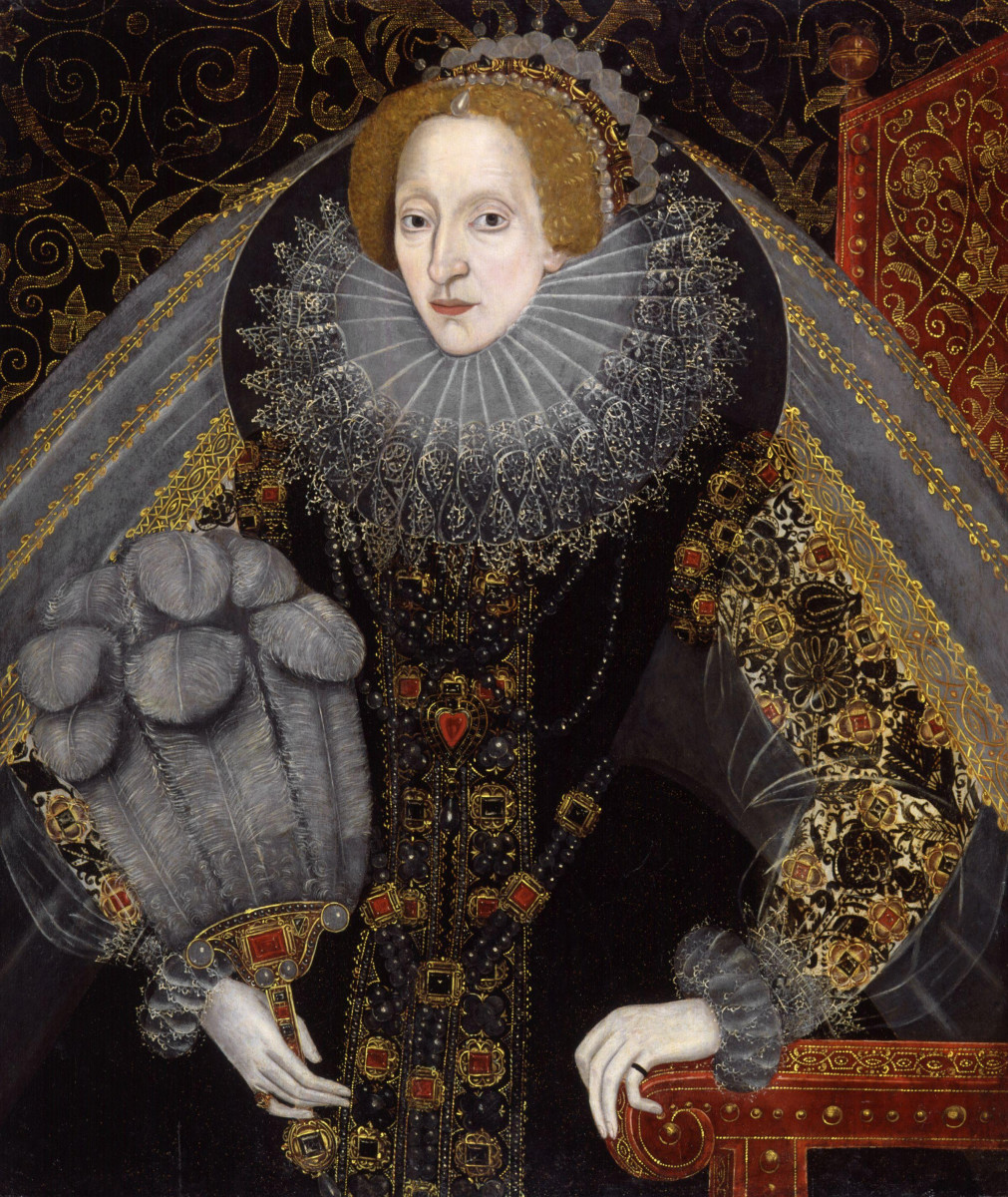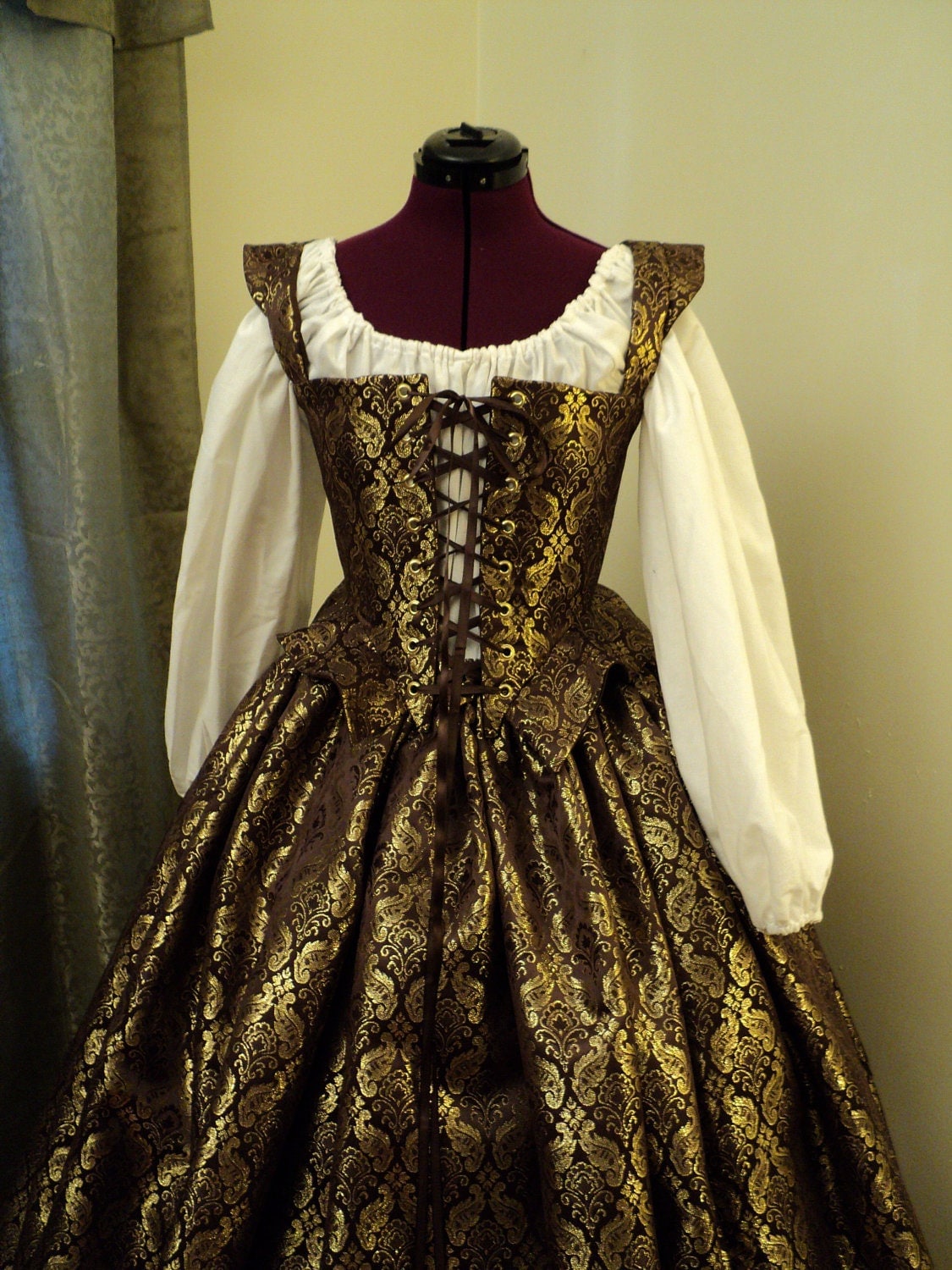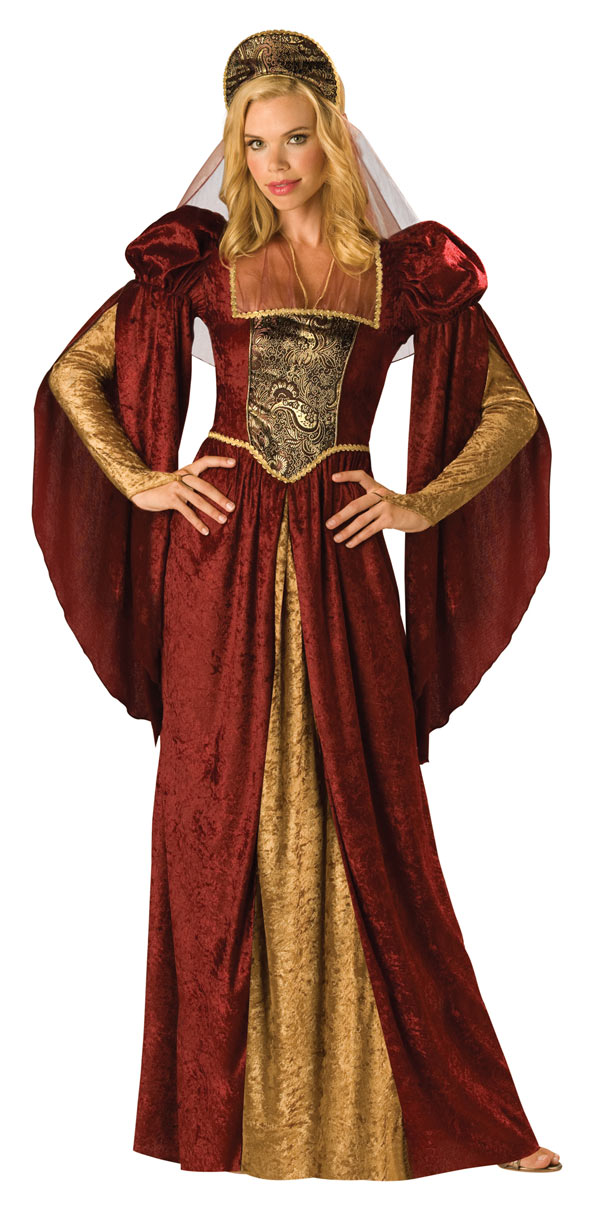
Best news for fashion Renaissance fashion, Renaissance clothing, Historical dresses
Founded in 2001, The Tudor Shoppe provides reproduction Tudor Era (1485-1603) Renaissance and medieval clothing and Elizabethan costumes to individuals, stage productions, television shows, museums, historic sites, educational institutions, and re-enactment societies. Our goal remains clear: to offer quality goods at the best price possible price.

Santi di Tito Renaissance fashion, Italian renaissance dress, Renaissance clothing
When you enter the gates of the Renaissance Faire, the world of 16th century England awaits. It is the "Golden Age," the English Renaissance, the time of Her Majesty, Queen Elizabeth Tudor, who reigned from 1558 to 1603.. The Evolution of Fashion Hunnisett, Jean. Period Costume for Stage and Screen - Patterns for Women's Dress 1500.

Pin on Tudor (14851603)
Renaissance Fashion: Women's Clothing in Elizabethan England Dolores Monet Updated: Sep 25, 2023 10:16 PM EDT Queen Elizabeth I wore heavy garments out of necessity due to the cold climate. wikimedia commons; public domain Elizabethan Fashion

Renaissance Fashion Women's Clothing in Elizabethan England Bellatory
Renaissance women's fashion was characterized by long, flowing gowns with low necklines. Wealthy women would often wear expensive jewelry and fur trim. Renaissance men's fashion was much more subdued, consisting of dark tunics and hose. Children's fashion during the Renaissance was similar to adult fashion, except that it was often less elaborate.

Renaissance Corset Peasant Bodice in Pink/Rose Gold with Etsy Pretty dresses, Fashion
During the Renaissance period, there were Sumptuary Laws, meaning that there were rules that dictated what types of clothing, fabrics, and even colors that certain classes could wear. The middle and lower classes were banned from wearing certain fabrics that were rarer like silk, lace, fur, velvet, and such.

elizabethan calligraphers/printers by Prior Attire Elizabethan fashion, Elizabethan costume
The period from about 1400 to 1600 was one in which the weavers of the Italian peninsula, as well as Spain, excelled at producing spectacular patterned velvet textiles. What Is Velvet? While linen fabrics with looped pile were first made thousands of years ago in Egypt, the technique of creating silk velvet is a more recent development.

Brown and Gold Renaissance Elizabethan Dress Gown Costume
The overall silhouette for women's fashion during the Renaissance period was long, flowing dresses with high waists, and long, puffy sleeves. Sleeve styles evolved during the period, with the funnel or trumpet-style sleeve (narrow at the top and wide at the bottom) becoming popular in some areas.

Elizabethan Costume, Renaissance Fair Costume, Renaissance Period, Tudor Fashion, Renaissance
Understanding Renaissance Era Fashion It's important to understand that Renaissance fashion wasn't just about style; while the garments worn by the upper classes were beautiful, the hierarchy of clothing was a reflection of social status and power at the time. Don't forget that the period spanning the 14th to. Menu. 0. Shop.

FASHION OF THE BAROQUE ERA Historical dresses, 17th century fashion, Renaissance fashion
Fashion was directly affected by strict laws of what certain people could or couldn't wear. The renaissance period began in 1450 in Italy and brought on an exciting change to Italian renaissance fashion. No longer was clothing sewn with boring straight lines, simple designs and a single black or brown color.

16th century Italian renaissance gown. Photo c. 2016 Jason R. Stone Renaissance gown, 16th
Renaissance Fashion and Dress Codes March 5, 2012 Evelin, TAG Member Piero del Pollaiuolo (Piero di Jacopo Benci) (Italian, 1441/42-1485/96). Portrait of a Woman, mid-1470s. The Metropolitan Museum of Art, New York, Bequest of Edward S. Harkness, 1940 (50.135.3) Did you know there were dress codes in fifteenth-century Italy?

FANTASY WONDERFULL FASHION Elizabethan Costume, Elizabethan Fashion, Tudor Fashion, Elizabethan
The Renaissance period fashion in England was largely influenced by the two Tudor monarchs of the period, Henry VIII and Elizabeth I. Both the monarchs spent lavishly on their clothes. The nobles, who copied everything the royals did, wore ostentatious clothes made of silk, satin, velvet, and brocade.

RENAISSANCE COSTUMES MENS Renaissance fair costume, Renaissance fashion, Medieval fashion
dress Table of Contents Home Visual Arts Fashion & Personal Adornment Europe, 1500-1800 The 16th century witnessed further changes occurring in Europe. The limitations bounding medieval society were gradually being breached, and the concepts of the Renaissance were being accepted farther west, in France, Flanders, England, and Spain.

Farthingale Renaissance fashion, Italian renaissance dress, Renaissance clothing
Renaissance women were expected to use lavish clothing, jewelry, accessories, and cosmetics to adhere to contemporary beauty standards. However, Renaissance beauty was not skin deep. In order to be considered beautiful (and fashionable), an early modern woman must also be virtuous. Fig. 1 - Leonardo da Vinci (Florentine, 1452-1519).

Medieval Clothing, Renaissance Costumes, Renaissance Clothing Renaissance Costumes Use in
While women's fashion naturally developed and changed throughout the many years of the Renaissance period, this era of history can be largely remembered for its adorned dresses made up of more structured bodices and long skirts.

Tudor white outfit reproduction Renaissance fashion, Elizabethan fashion, Elizabethan clothing
Handbook of English Costume in the Sixteenth Century by Cecil Willett Cunnington; Phillis E. Cunnington. Handbook of English Mediaeval Costume by Cunnington, C. Willett. Early Tudor Costume, 1485-1558 by James Laver. Medieval Dress and Fashion by Margaret Scott. Vecellio's Renaissance Costume Book by Cesare Vecellio.

👍 Modern renaissance fashion. Renaissance Clothing and Medieval Clothing from Dark Knight
The Fashion History Timeline is a project by FIT's History of Art Department.The Timeline offers scholarly contributions to the public knowledge of the history of fashion and design. Consistent with this mission, the Timeline's written commentary, research, and analysis provided by FIT students, faculty, and other members of the community is licensed under a Creative Commons Attribution.